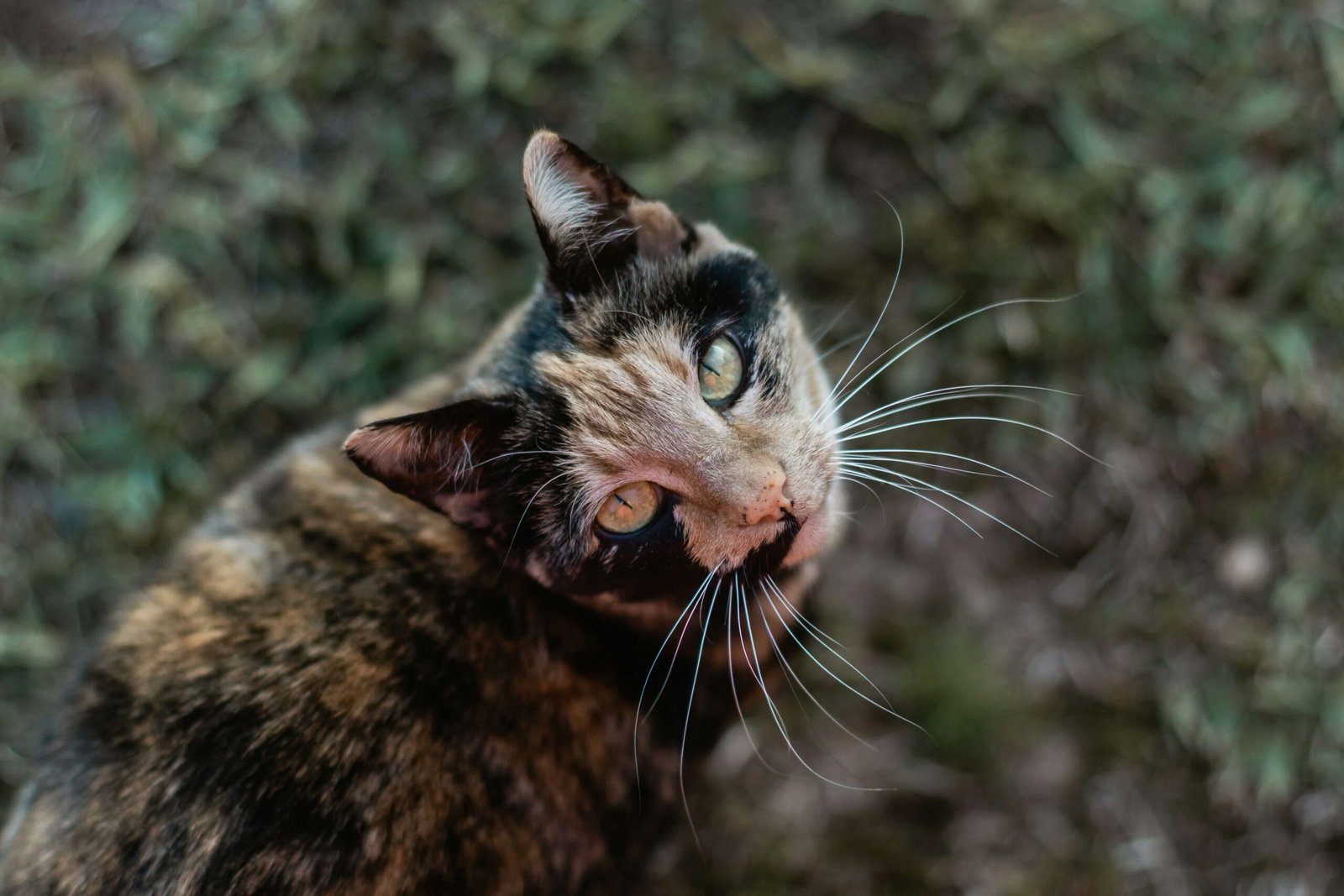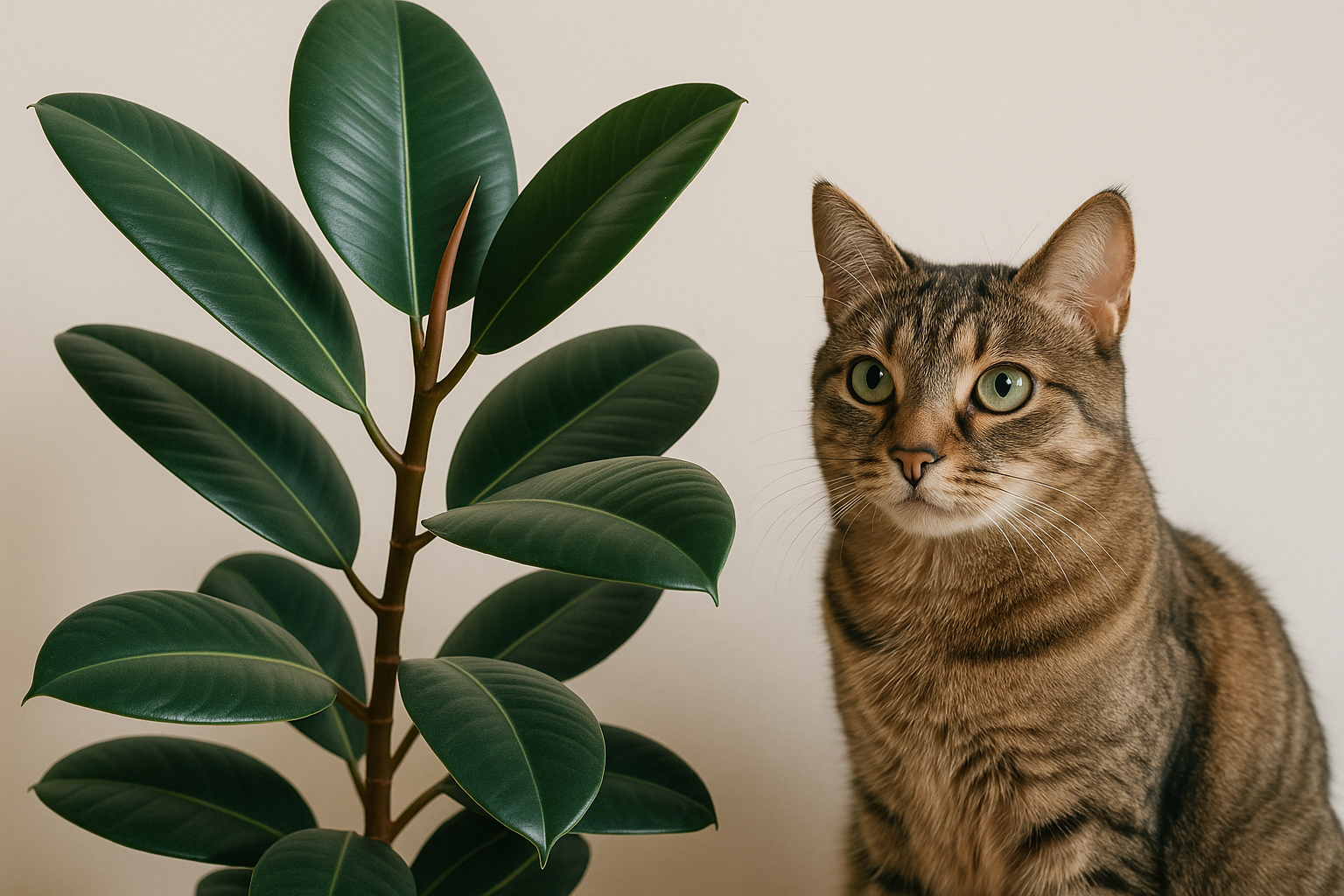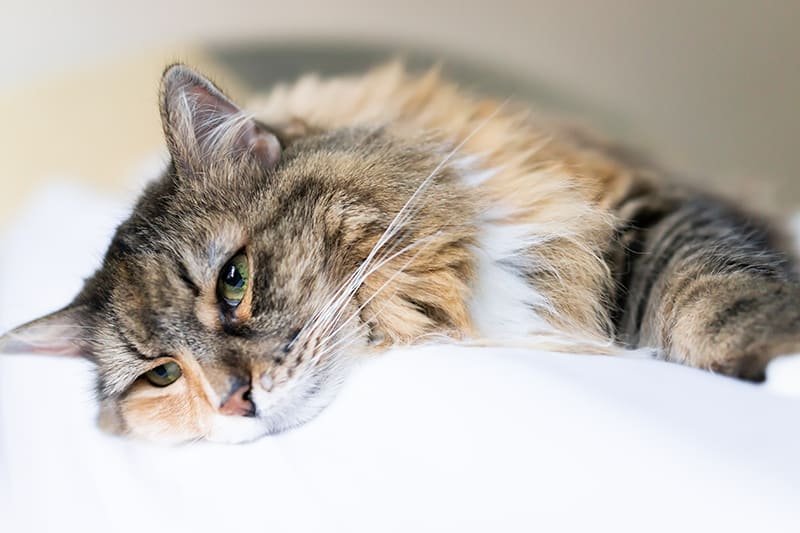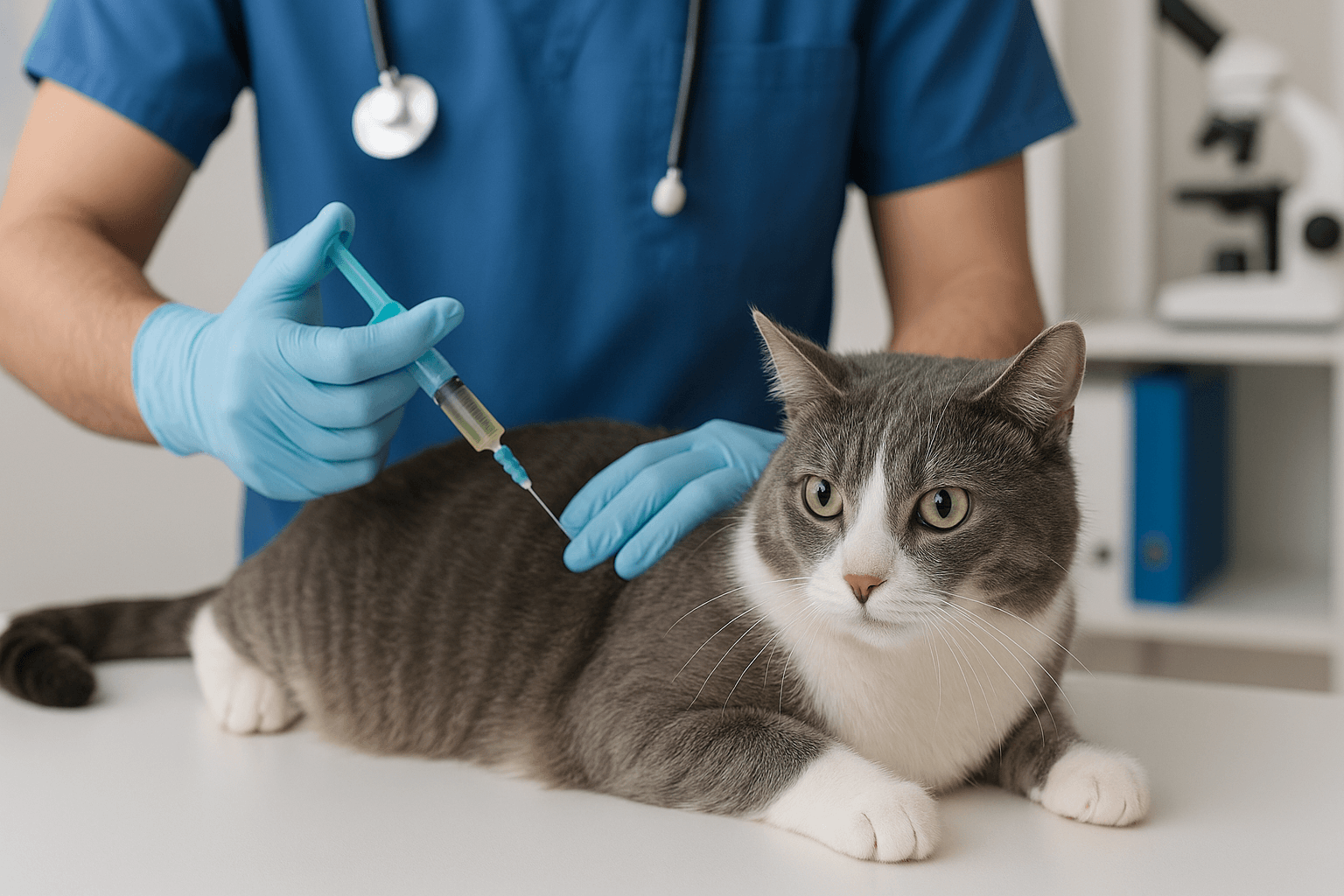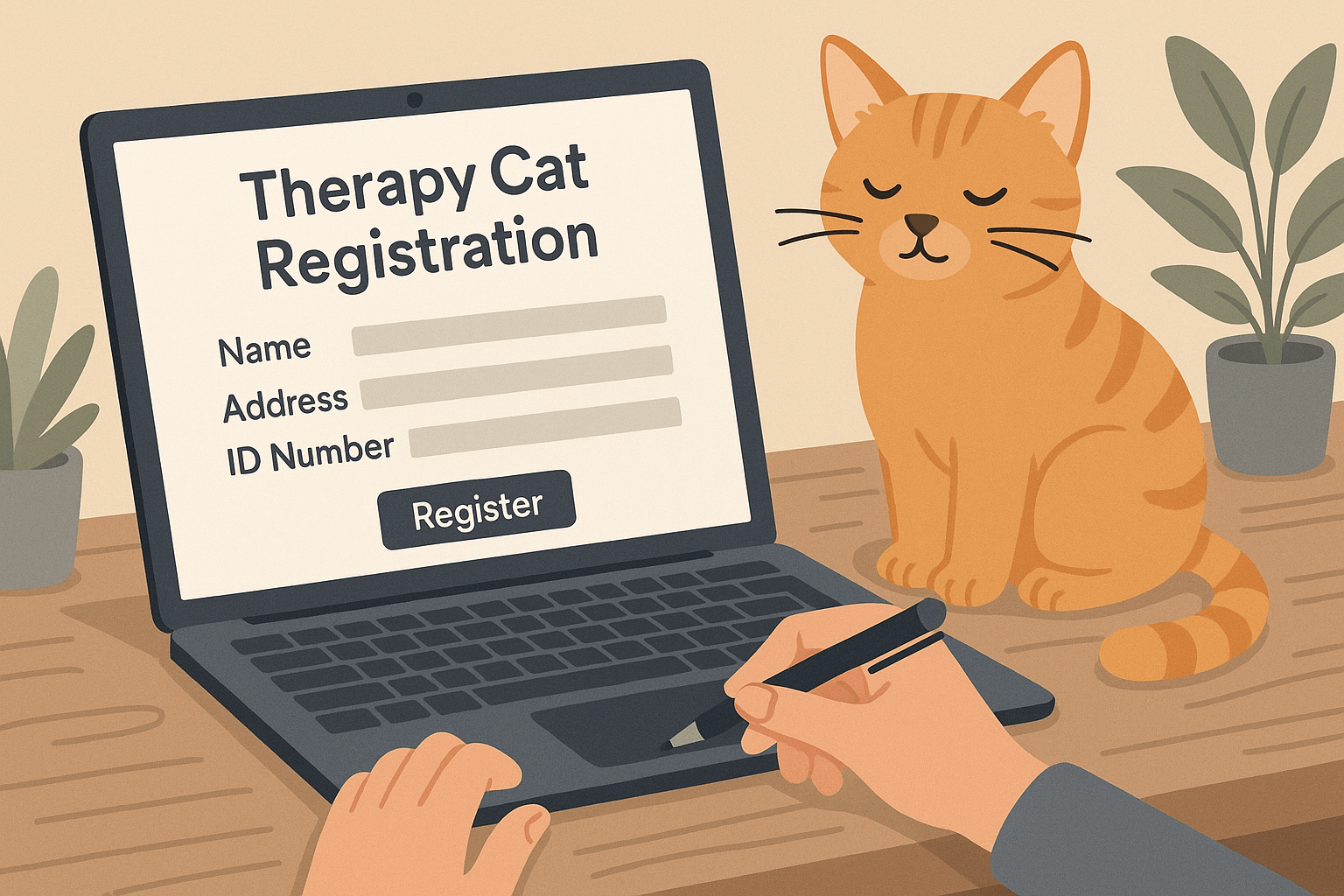Why Do Cats Scratch Around Their Food? Unraveling the Mystery
If you’ve ever shared your home with a feline companion, you’ve likely noticed some quirky behaviors that leave you scratching your head. One such behavior is when cats scratch around their food bowl—sometimes even more enthusiastically than they eat! This peculiar habit has puzzled cat owners for years. Is it a sign of dissatisfaction with their meal? A way to communicate something? Or perhaps an instinctual behavior passed down from their wild ancestors? In this blog post, we’ll dive deep into the reasons behind this fascinating feline behavior and explore what it means for your furry friend.
The Instinctual Roots of Scratching Behavior
Cats are creatures of habit, and many of their behaviors can be traced back to their wild ancestry. Scratching around food is no exception. Let’s take a closer look at why this behavior might be ingrained in your cat’s DNA:
Burial of Leftovers:
In the wild, cats often bury uneaten food to hide it from predators or other scavengers. This ensures they have leftovers for later while keeping their location discreet.Marking Territory:
Scratching is also a way for cats to mark their territory. By pawing around their food, they deposit scent markers from glands in their paws, signaling ownership.Testing the Area:
Before settling down to eat, wild cats may scratch to check for potential threats hidden in the ground or surroundings. It’s a safety precaution deeply rooted in survival instincts.Comfort Rituals:
Some experts believe that scratching mimics the act of creating a comfortable bed or nest before eating, much like kneading soft surfaces.Disguising Scent:
Wild cats sometimes scratch to cover the smell of food, reducing the risk of attracting larger predators.
Understanding these instinctual roots helps explain why domesticated cats still exhibit this behavior, even though they live in safe environments. While your pet may not need to worry about predators anymore, their natural instincts remain alive and well.
Possible Reasons Behind Modern-Day Scratching
While ancestral instincts play a significant role, there are additional factors specific to modern-day cats that could contribute to this behavior. Here are some possibilities:
Dislike for the Food Bowl Location:
Cats are particular about where they eat. If the bowl is placed near loud appliances or high-traffic areas, they may scratch as a sign of discomfort.Texture Preferences:
Some cats dislike certain textures under their paws, such as hard floors or mats. Scratching might be their way of expressing dissatisfaction.Boredom or Stress Relief:
Like humans, cats sometimes engage in repetitive actions to relieve stress or alleviate boredom. Scratching around their food bowl could serve as a coping mechanism.Attention-Seeking Behavior:
If your cat has learned that scratching gets your attention, they might do it intentionally to interact with you during mealtime.Health Concerns:
Occasionally, excessive scratching could indicate underlying health issues, such as pain or discomfort related to digestion or dental problems.
By observing your cat’s overall demeanor and habits, you can better determine whether their scratching stems from environmental preferences, emotional needs, or health concerns. Addressing these factors can help create a happier dining experience for your feline friend.
Check this guide 👉Why Does My Cat Try to Bury Her Food? Best 7 Behavior Tips!
Check this guide 👉Why Does My Cat Shake His Tail? Best 7 Behavior Tips!
Check this guide 👉Why Does My Cat Sleep on Me? Best 7 Behavior Tips!
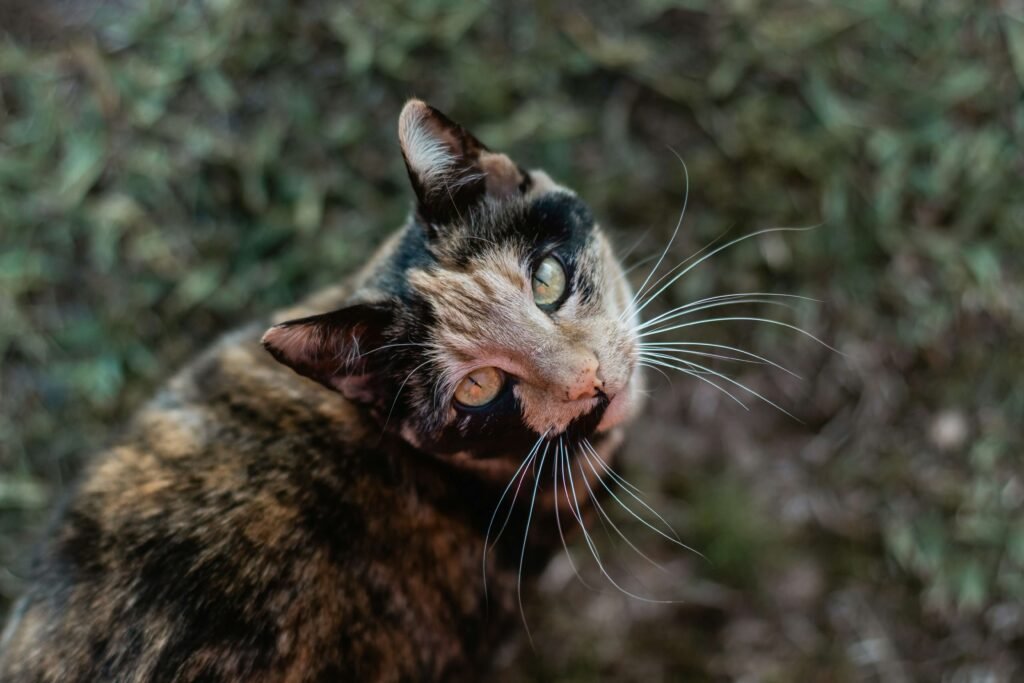
Reasons for Scratching | How to Address It |
|---|---|
Burial instincts | Provide a designated “digging” area nearby |
Discomfort with food bowl location | Move the bowl to a quieter, safer spot |
Texture preferences | Use placemats or rugs under the bowl |
Boredom or stress | Offer interactive toys or enrichment |
Health concerns | Consult a veterinarian for evaluation |
How to Encourage Positive Feeding Habits
If your cat’s scratching behavior seems excessive or disruptive, there are steps you can take to encourage healthier feeding habits. Consider the following tips:
Choose the Right Bowl Placement:
Place the food bowl in a quiet corner away from disturbances like doors, windows, or noisy appliances.Experiment with Different Bowls:
Try switching to shallow bowls or plates if your cat appears uncomfortable with deeper dishes.Introduce Enrichment Activities:
Engage your cat with puzzle feeders or treat-dispensing toys to make mealtimes more stimulating.Create a Comfort Zone:
Add soft padding or a small rug near the feeding area to satisfy any texture-related preferences.Monitor Their Health Regularly:
Schedule routine vet check-ups to rule out medical conditions that might influence unusual behaviors.
With patience and consistency, you can transform mealtime into a more enjoyable experience for both you and your cat.
Fun Facts About Feline Feeding Behaviors
Did you know that scratching isn’t the only unique behavior associated with how cats approach their food? Below are some intriguing facts about feline feeding habits:
Cats Are Finicky Eaters by Nature:
Their sense of taste is less developed than humans’, but their sense of smell plays a crucial role in determining what they find appetizing.They Prefer Fresh Water Sources:
Many cats avoid drinking water near their food because they associate still water with contamination—a leftover instinct from the wild.Eating Grass Isn’t Always a Bad Sign:
Some cats nibble on grass to aid digestion or induce vomiting if they feel unwell.Mealtime Routines Matter:
Establishing consistent feeding times can reduce anxiety and promote better eating habits.Social Dynamics Influence Eating:
In multi-cat households, dominant cats may intimidate others during meals, leading to stress-related behaviors like scratching.
These fun facts highlight just how complex and fascinating our feline companions truly are.
The Role of Play in Reducing Scratching Behavior
Playtime is not just about fun for cats—it’s essential for their mental and physical well-being. Incorporating play into your cat’s daily routine can help redirect energy away from unwanted behaviors like excessive scratching around their food. Here are some ways to use play effectively:
Interactive Toys:
Toys that mimic prey, such as feather wands or laser pointers, engage your cat’s hunting instincts and provide a healthy outlet for energy.Scheduled Play Sessions:
Set aside 10–15 minutes twice a day for structured play. This helps burn off excess energy before mealtime, reducing stress-related behaviors.Rotating Toys:
Keep your cat interested by regularly switching out toys. Novelty stimulates curiosity and prevents boredom.Food Dispensing Toys:
Combine play and feeding by using toys that release kibble as your cat bats them around. This satisfies both their hunting drive and appetite.Encourage Solo Play:
Provide toys your cat can enjoy independently, such as balls or crinkly mice, to keep them entertained when you’re not available.
By making play a priority, you can help your cat feel more balanced and less inclined to engage in disruptive scratching behaviors. A happy cat is often a calmer cat!
Environmental Enrichment to Curb Scratching
Cats thrive in environments that cater to their natural instincts. If their surroundings lack stimulation, they may resort to behaviors like scratching around their food as a way to cope. Environmental enrichment can make a big difference. Consider these ideas:
Vertical Spaces:
Install cat trees or shelves to give your cat access to higher vantage points. This mimics their instinct to survey their territory from above.Hiding Spots:
Provide cozy hiding places, such as enclosed beds or cardboard boxes, where your cat can retreat and feel safe.Scratching Posts Near Food Areas:
Place scratching posts close to feeding areas to redirect pawing behavior onto an appropriate surface.Window Perches:
Offer a view of the outdoors with a comfortable perch. Watching birds or squirrels can entertain your cat for hours.Scent Stimulation:
Introduce cat-safe herbs like catnip or silver vine to stimulate their senses and encourage positive interactions with their environment.
A well-enriched environment keeps your cat mentally stimulated and physically active, reducing the likelihood of stress-induced behaviors like scratching around their food.
Addressing Emotional Needs to Minimize Scratching
Cats are sensitive creatures, and their emotional state can significantly influence their behavior. Scratching around food might sometimes signal unmet emotional needs. Here’s how you can address these needs:
Quality Time Together:
Spend dedicated one-on-one time with your cat each day. Grooming, petting, or simply sitting nearby can strengthen your bond.Respect Their Space:
Avoid forcing interaction if your cat seems uninterested. Allowing them to approach you on their terms builds trust.Routine and Predictability:
Cats appreciate consistency. Stick to regular feeding, play, and cleaning schedules to create a sense of security.Comfort Items:
Leave out familiar objects, like blankets or clothing with your scent, to comfort your cat when you’re not home.Positive Reinforcement:
Reward calm behavior around mealtime with treats or praise. This encourages them to associate good vibes with eating.
By nurturing your cat’s emotional health, you can reduce anxiety-driven behaviors and foster a peaceful household. A content cat is less likely to engage in puzzling habits like scratching around their food.
Frequently Asked Questions About Cat Scratching Around Food
Is it normal for my cat to scratch around their food?
Yes, it’s completely normal and often tied to instinctual behaviors inherited from their wild ancestors.
Should I be worried if my cat scratches excessively?
Not necessarily, but if the behavior seems compulsive or accompanied by other symptoms, consult your vet.
Can changing the food bowl help stop the scratching?
It might! Experimenting with different bowl types, materials, or placements can make a difference.
Why does my cat scratch even after finishing their meal?
This could be an attempt to “bury” the remaining scent or simply a comforting ritual.
How can I discourage unwanted scratching behavior?
Provide alternative outlets for their instincts, like digging boxes, and ensure their environment feels safe and stress-free.
Understanding Your Cat’s Unique Personality
Every cat is unique, and their behaviors reflect a blend of instinct, personality, and environment. Scratching around their food is just one example of how deeply connected they remain to their wild roots. By understanding the reasons behind this behavior and taking proactive steps to support their needs, you can strengthen the bond you share with your feline companion. Remember, patience and observation are key—your cat will appreciate the effort, even if they don’t show it in obvious ways. So next time you see those little paws in action, smile knowing it’s just another charming quirk of living with a cat!
Is the Rubber Tree Cat Safe? Best 7 Expert Tips! Discover expert advice on keeping rubber plants safely in cat-friendly homes and learn top tips for pet-safe plant care.
Low Red Blood Cell Count in Cats: Best 7 Expert Tips! Discover causes, symptoms, and treatment options for feline anemia. Learn how to support your cat’s health effectively with expert advice.
Understanding Megacolon Treatment: Best 7 Expert Tips! Discover effective strategies to manage feline megacolon, from dietary changes to surgical options, ensuring your cat’s comfort and long-term health.
How to Register a Therapy Cat: Best 7 Expert Tips! Discover essential steps to certify your cat as a therapy animal, prepare them for training, and make a meaningful impact in therapeutic settings.

